Hi everyone! After a month and a half we're finally back from vacation, and
the truth is that this year they have been wonderful, since among other
places in July we were finally able to visit Santiago de Compostela and tour
the south of Galicia for a week, in company of my husband's family... so in
this first part I leave you a sample of what we liked most during the trip
through this wonderful northern land! ;)
//
¡Hola a todos! Después de un mes y medio por fin estamos de vuelta de las
vacaciones, y la verdad es que este año han sido maravillosas, ya que
entre otros sitios en julio pudimos conocer por fin Santiago de Compostela
y recorrer durante una semana el sur de Galicia en compañía de la familia
de mi marido... ¡así que en esta primera parte os dejo una muestra de lo
que más nos gustó durante el viaje por esta maravillosa tierra del norte!
;)

1. SANTIAGO DE COMPOSTELA
y la CATEDRAL
In the photos you can see the Plaza del Obradoiro, the Staircase and the immense baroque façade of the Cathedral of Santiago de Compostela (17th and 18th centuries), which is the end of the route that all pilgrims who follow the Camino de Compostela must reach. Santiago, as well as the galleries and traditional buildings that surround the square...
// En las fotos podéis ver la Plaza del Obradoiro, la Escalinata y
la inmensa fachada barroca de la Catedral de Santiago de Compostela (siglos
XVII y XVIII), que es el final del trayecto al que tienen que llegar todos
los peregrinos que realizan el Camino de Santiago, así como las galerías y edificios tradicionales que rodean la plaza...
In the composition above you can see: 1) Facade of the Platerías and Clock
Tower, on the south side of the cathedral. 2) Sculptural detail of the
cathedral façade. 3) View of the Main Altar of the cathedral, where the carved
image of the Apostle Santiago is located, which all pilgrims who complete the
Camino de Santiago must embrace. 4) Strolling around the city.
//
En la composición de arriba podéis ver: 1) Fachada de las Platerías y Torre
del Reloj, en el lado sur de la catedral. 2) Detalle escultórico de la
fachada de la catedral. 3) Vista del Altar Mayor de la catedral, en donde se
encuentra la imagen tallada del Apóstol Santiago que deben abrazar todos los
peregrinos que completan el camino de Santiago. 4) Callejeando por la
ciudad.
One of the visits that I most recommend if you can visit the city is the
impressive guided tour that can be taken on the roof of the cathedral, during
which you can enjoy 360º panoramic views of Santiago and the squares that
surround everything. the perimeter...
//
Una de las visitas que más os recomiendo si podéis visitar la ciudad es el
impresionante recorrido guiado que se puede hacer por el tejado de la
catedral, durante el cual se pueden disfrutar de unas vistas panorámicas de
360º de Santiago y de las plazas que rodean todo el perímetro...
In the composition above you can see: 1) View from the tower of the Plaza de
las Platerías located south of the cathedral. 2) Me, walking on the roof and
enjoying the views. 3) Sculpture of the Apostle Santiago located at the top of
the cathedral façade (seen from behind). 4) View of the cathedral cloister,
which houses the Museum, and the Clock Tower in the background.
//
En la composición de arriba podéis ver: 1) Vista desde la torre de la Plaza
de las Platerías situada al sur de la catedral. 2) Yo, paseando por el
tejado y disfrutando de las vistas. 3) Escultura del Apóstol Santiago
situado en lo más alto de la fachada de la catedral (visto desde atrás). 4)
Vista del claustro de la catedral, que alberga el Museo, y torre del Reloj
al fondo.

2. LA GASTRONOMÍA, EL ALOJAMIENTO Y EL ENTORNO
As for Galician gastronomy, we were able to enjoy many of its most famous and traditional dishes, such as scallops, scallops and volandeiras (which look like the same mollusk but are not, although they are all equally delicious!), and we also tasted the famous Galician-style octopus, delicious grilled beef... without forgetting one of our favorite desserts, the Santiago tart which is made with a mixture of crushed almonds, eggs and sugar...
// En cuanto a la gastronomía gallega, pudimos disfrutar de muchos de sus platos más famosos y tradicionales, como las vieiras, zamburiñas y volandeiras (que parecen el mismo molusco pero no lo son ¡aunque todos están igual de ricos!), y también degustamos el famoso pulpo a la gallega, las deliciosas carnes de ternera a la brasa... sin olvidar uno de nuestros postres favoritos, la tarta de Santiago que se hace con una mezcla de almendras trituradas, huevos y azúcar...
One of the best things about this trip was the accommodation we stayed in
during the week, located in a town just 10 minutes from Santiago de
Compostela.
"A Pedriña House"
is a beautiful single-story rural house, with a spectacular stone porch
and a large garden with a swimming pool, where we enjoyed great
tranquility, long walks through the nearby forests and of course, the
exquisite gastronomy of the area...
// Una de las mejores cosas de este viaje fue el el alojamiento en el que
nos quedamos durante la semana, situado en un pueblo a sólo 10 minutos de
Santiago de Compostela. La
"Casa A Pedriña"
es una preciosa casa rural de una única planta, con un espectacular porche
de piedra y un gran jardín con piscina, en el que disfrutamos de una gran
tranquilidad, largos paseos por los bosques cercanos y por supuesto, de la
exquisita gastronomía de la zona...

In the composition above: 1) One of the forests that surround the house. 2)
Stone facade of the rural house "A Pedriña". 3) Detail of the pool located in
the private garden of the house. 4) Detail of one of the plants in the garden.
And in the photo below, the natural moss of the trees in the area.
//
En la composición de arriba: 1) Uno de los bosques que rodean la casa. 2)
Fachada de piedra de la casa rural "A Pedriña". 3) Detalle de la piscina
situada en el jardín privado de la casa. 4) Detalle de una de las plantas
del jardín. Y en la foto de abajo, el musgo natural de los árboles de la
zona.
3. LA PLAYA DE LA LANZADA
(As Rías Baixas)
Lanzada beach
is considered one of the best beaches in the European Atlantic, and is also
one of the most emblematic of Galicia, belonging to the municipalities of
Sanxenxo and O Grove. We loved its beach made up of natural dunes, which
also includes a large wetland with great ornithological interest. If one day
you can visit it, don't miss the Chapel of A Lanzada, which you can see in
the images below, and the necropolis that dates back to the 4th century BC.
//
La playa de la Lanzada
es considerada una de las mejores playas del Atlántico Europeo, y también es
una de las más emblemáticas de Galicia, perteneciente a los
concellos de Sanxenxo y O Grove. Nos encantó su playa formada por
dunas naturales, en el que se integra también un gran humedal con gran
interés ornitológico. Si algún día podéis visitarla, no os perdáis la
Capilla de A Lanzada, que podéis ver en las imágenes de abajo, y la
necrópolis que data del siglo IV a.C.

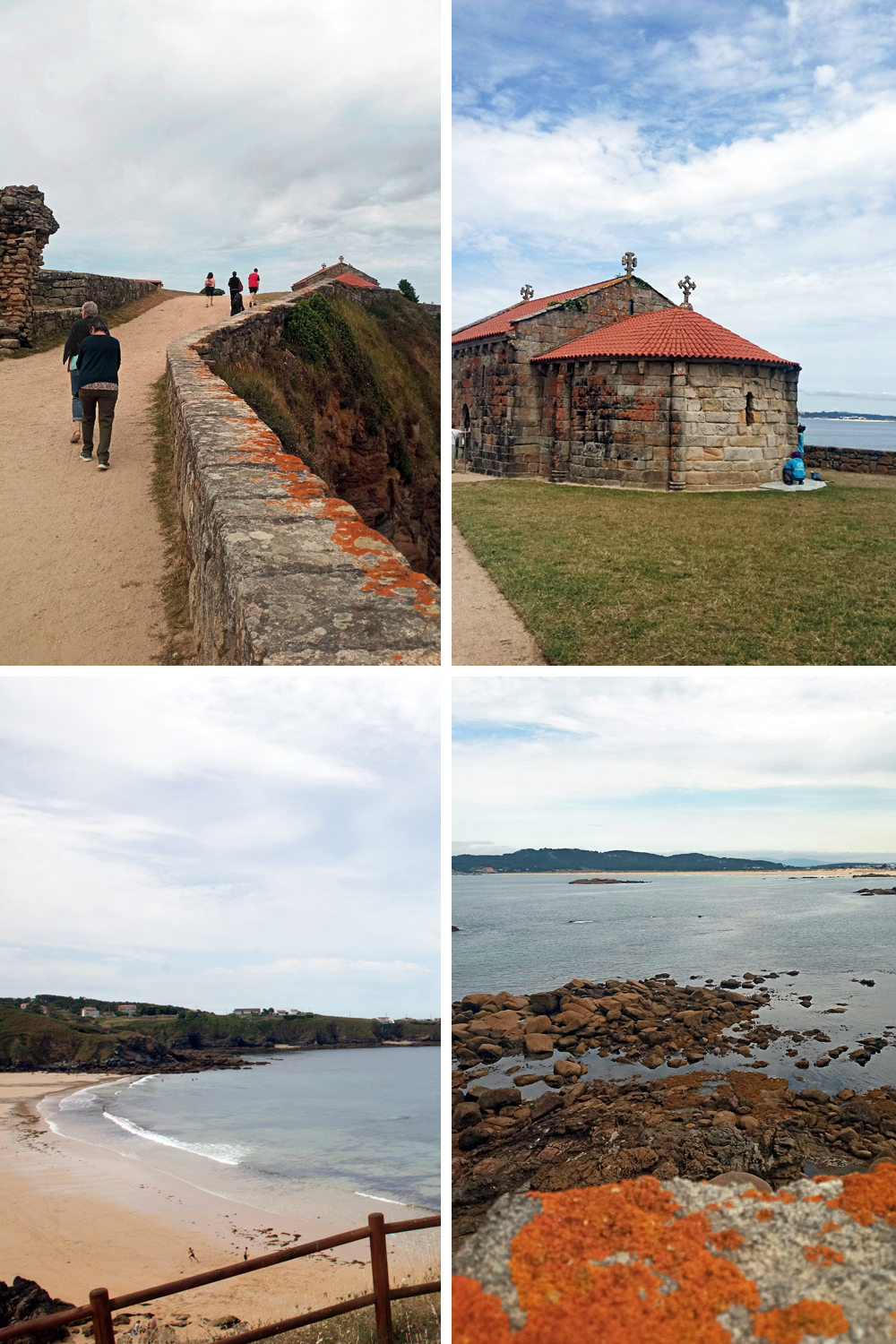
In the composition above: 1) Climb to the Chapel of A Lanzada. 2) Apse of the
chapel, with the sea in the background. 3) The beach and sandbanks. 4) View of
the beach and wetlands from around the Chapel. In the next two photos, another
view of the beach taken from the Capilla viewpoint, and a group of surfers
waiting for "the wave"...
//
En la composición de arriba: 1) Subida a la Capilla de A Lanzada. 2)
Ábside de la capilla, con el mar de fondo. 3) La playa y los arenales.
4) Vista de la playa y los humedales desde el entorno de la Capilla. En las
dos fotos siguientes, otra vista de la playa tomada desde el mirador de la
Capilla, y un grupo de surfistas esperando "la ola"...
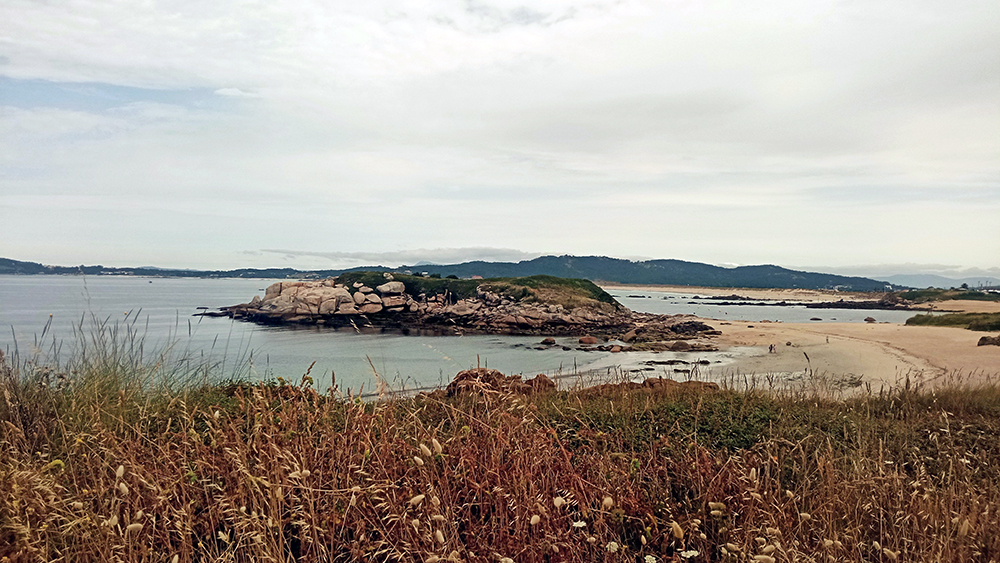

4. LA ISLA DE LA TOJA
(O Grove, Pontevedra)
The Island of La Toja
is well known for its old spa and its traditional soap factory made with its
hot springs. It is located to the east of the Galician town of O Grove (in
Pontevedra), with which it is connected by a large bridge, and if you visit
it I recommend taking one of the boat routes that go along the estuary,
visit the hermitage of the Vírgen del Carmen (famous for its curious façade
decorated with seashells) and for families with children, do not miss the
small "Village of the Grovits" located in the forest, which is inspired by
the Hobbit houses of the Lord of the Rings...
//
La Isla de La Toja
es muy conocida por su antiguo balneario y por su fábrica de jabones
tradicionales hechos con sus aguas termales. Está situada al este de la
villa gallega de O Grove (en Pontevedra), con la que está unida por un
gran puente, y si la visitáis os recomiendo coger alguna de las rutas en
barco que van por la ría, visitar la ermita de la Vírgen del Carmen
(famosa por su curiosa fachada decorada por conchas marinas) y para las
familias con niños no os perdáis la pequeña "Aldea de los Grovits"
situada en el bosque, y que está inspirada en las casitas de los Hobbits
del Señor de los Anillos...

In the photo above: 1) Detail of the viewpoint of Isla de la Toja. 2) O Grove
Beach. 3) Shell façade of the Hermitage of the Virgen del Carmen, on the Isla
de la Toja. 4) Facade of the Balneario de la Toja store. In the photo below,
my daughter looks out over the estuary after buying some Toja soaps for her
family...
//
En la foto superior: 1) Detalle del mirador de la Isla de la Toja. 2) Playa
de O Grove. 3) Fachada de conchas de la Ermita de la Virgen del Carmen, en
la Isla de la Toja. 4) Fachada de la tienda del Balneario de la Toja. En la
foto de abajo, mi hija se asoma a la Ría después de comprar algunos jabones
de la Toja para la familia...
5. MUXÍA: El faro, los 'percebeiros' y el Santuario da Virxe da
Barca
Muxía is considered one of the most charming fishing towns in Galicia,
although unfortunately in Spain it is especially known for the ecological
disaster of the Prestige, which filled its beaches with black oil a few years
ago. It is located in the heart of the Costa da Morte and offers visitors
beautiful beaches, nature routes, good gastronomy and beautiful historical
sites...
//
Muxía es considerado uno de los pueblos marineros de Galicia con más
encanto, aunque desgraciadamente en España sobre todo se le conoce por
desastre ecológico del Prestige, que llenó sus playas de petróleo negro hace
algunos años. Está situado en plena Costa da Morte y ofrece a los visitantes
preciosas playas, rutas por la naturaleza, buena gastronomía y bonitos
enclaves históricos...
From our visit to this wonderful enclave, I would highlight the beautiful
white lighthouse located on the coast, the dangerous work of the 'barnacles'
who risk their lives every day among the rocks to remove the coveted and
very expensive Galician mollusk, and the Santuario da Virxe da Barca,
historic center of the area...
// De nuestra visita a este maravilloso enclave, destacaría el bonito faro
blanco situado sobre la costa, el peligroso trabajo de los 'percebeiros'
que se juegan la vida cada día entre las rocas para sacar el codiciado y
carísimo molusco gallego, y el Santuario da Virxe da Barca, centro
histórico de la zona...
In the composition above: 1) Panoramic view of the Muxía lighthouse. 2) My
husband and my daughter observe from afar the dangerous work of the
'barnacles' on the rocks. 3) My daughter and I at the viewpoint of the
Santuario da Virxe da Barca. 4) Detail of the lighthouse. In the photo
below, the 'percebeiros' at work...
//
En la composición de arriba: 1) Vista panorámica del faro de Muxía. 2) Mi
marido y mi hija observan de lejos el peligroso trabajo de los
'percebeiros' en las rocas. 3) Mi hija y yo en el mirador
del Santuario da Virxe da Barca. 4) Detalle del faro. En la foto de
abajo, los 'percebeiros' trabajando...
6. FINISTERRE o CABO FISTERRA
Named by the Romans as "finis terrae", this cape was considered since ancient
times to be the westernmost point of the earth and, therefore, the world ended
here. It is located on the Costa da Morte and offers stunning views of the
most beautiful and wild beaches in Galicia. It also offers some of the most
beautiful sunsets on the coast, and is also considered the end of the Camino
de Santiago for many pilgrims...
//
Denominado por los romanos como "finis terrae", este cabo se consideró
desde la Antigüedad como en el punto más occidental de la tierra y, por
tanto, el mundo se acababa aquí. Está situado en la Costa da Morte y ofrece
unas vistas impresionantes de las playas más bonitas y salvajes de Galicia.
Ofrece también algunas de las puestas de sol más bonitas de la costa, y
también es considerado como el final del Camino de Santiago para muchos
peregrinos...
Photos made with Phone Xiaomi Redmi 9
and Nikon D7100








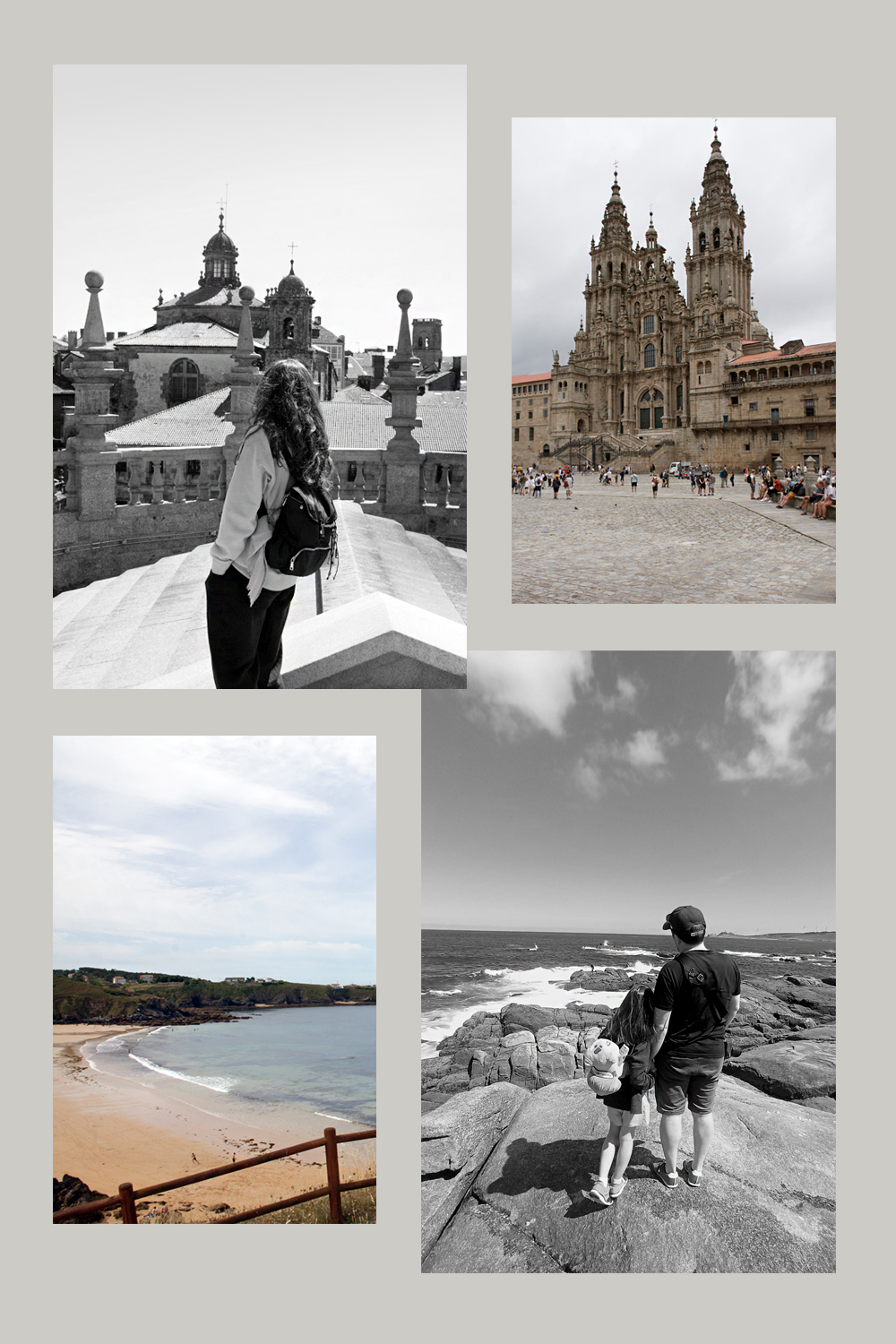


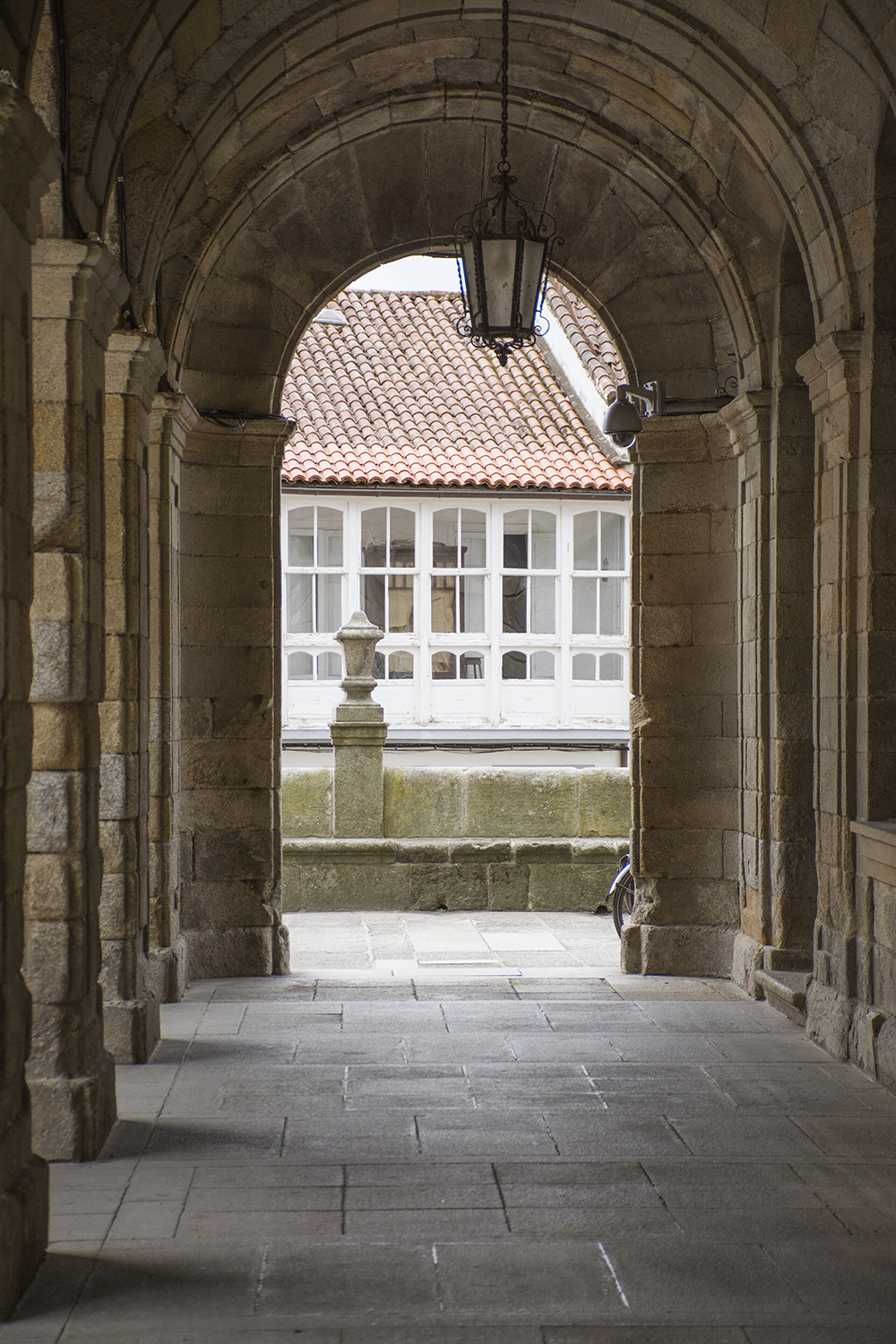


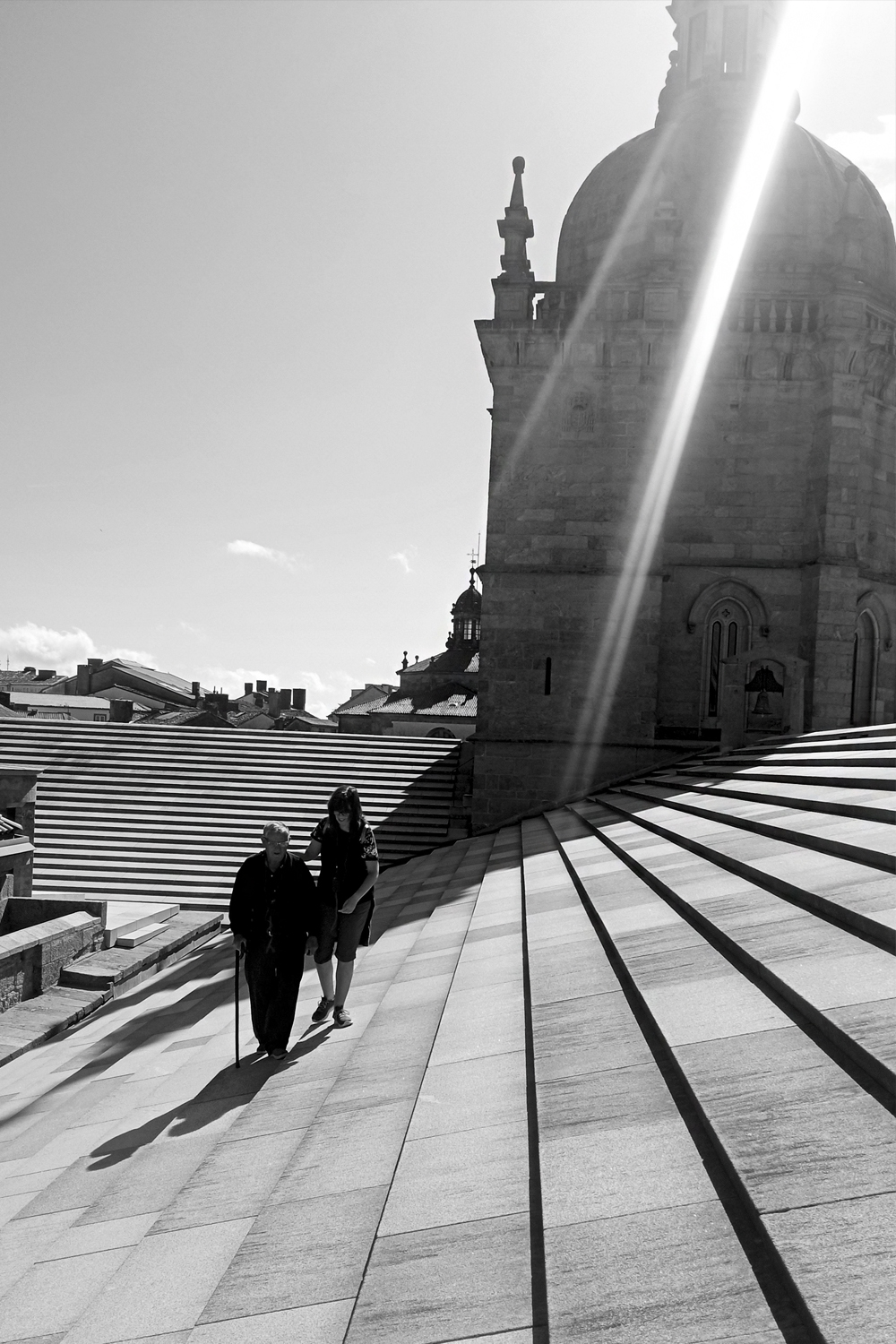
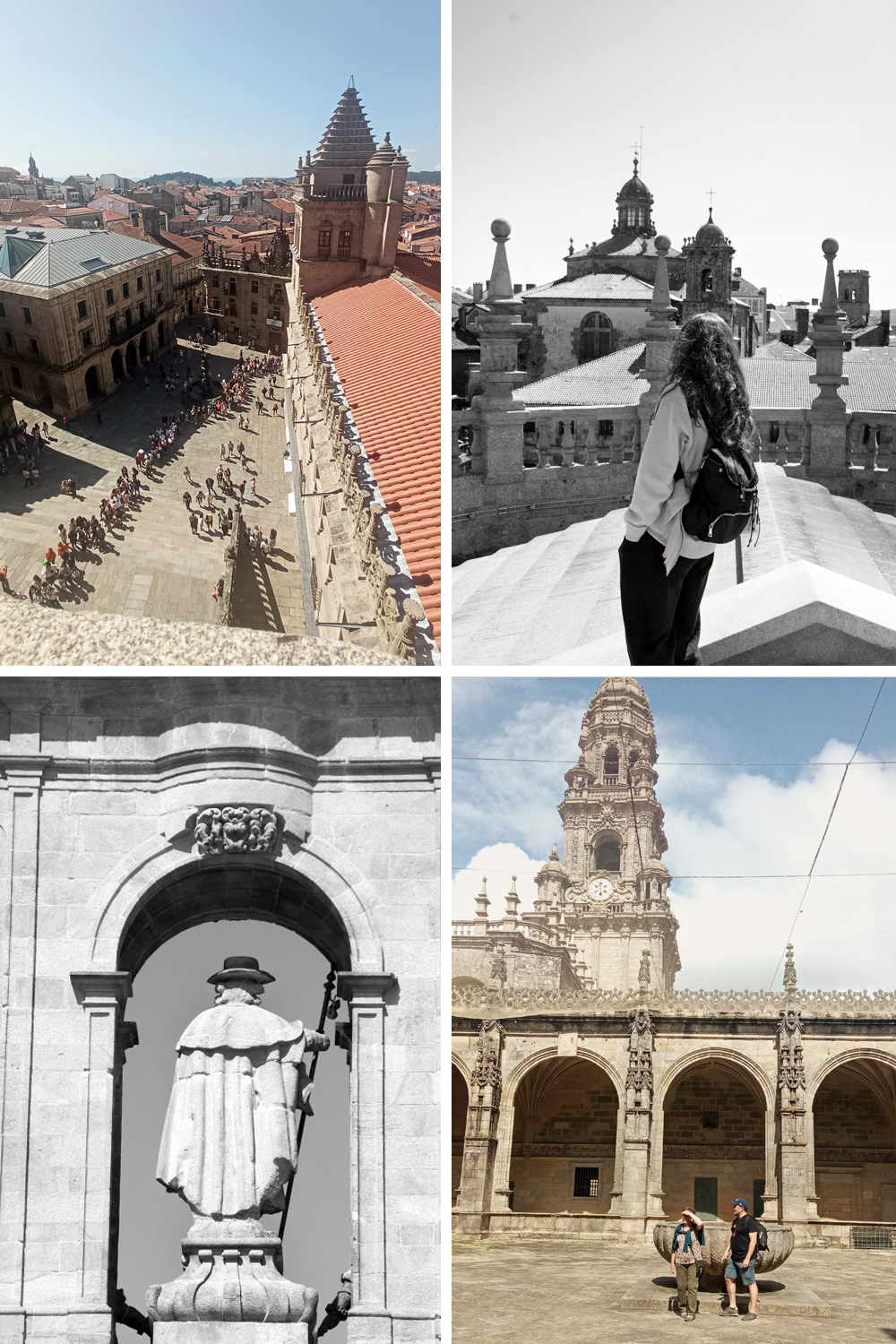



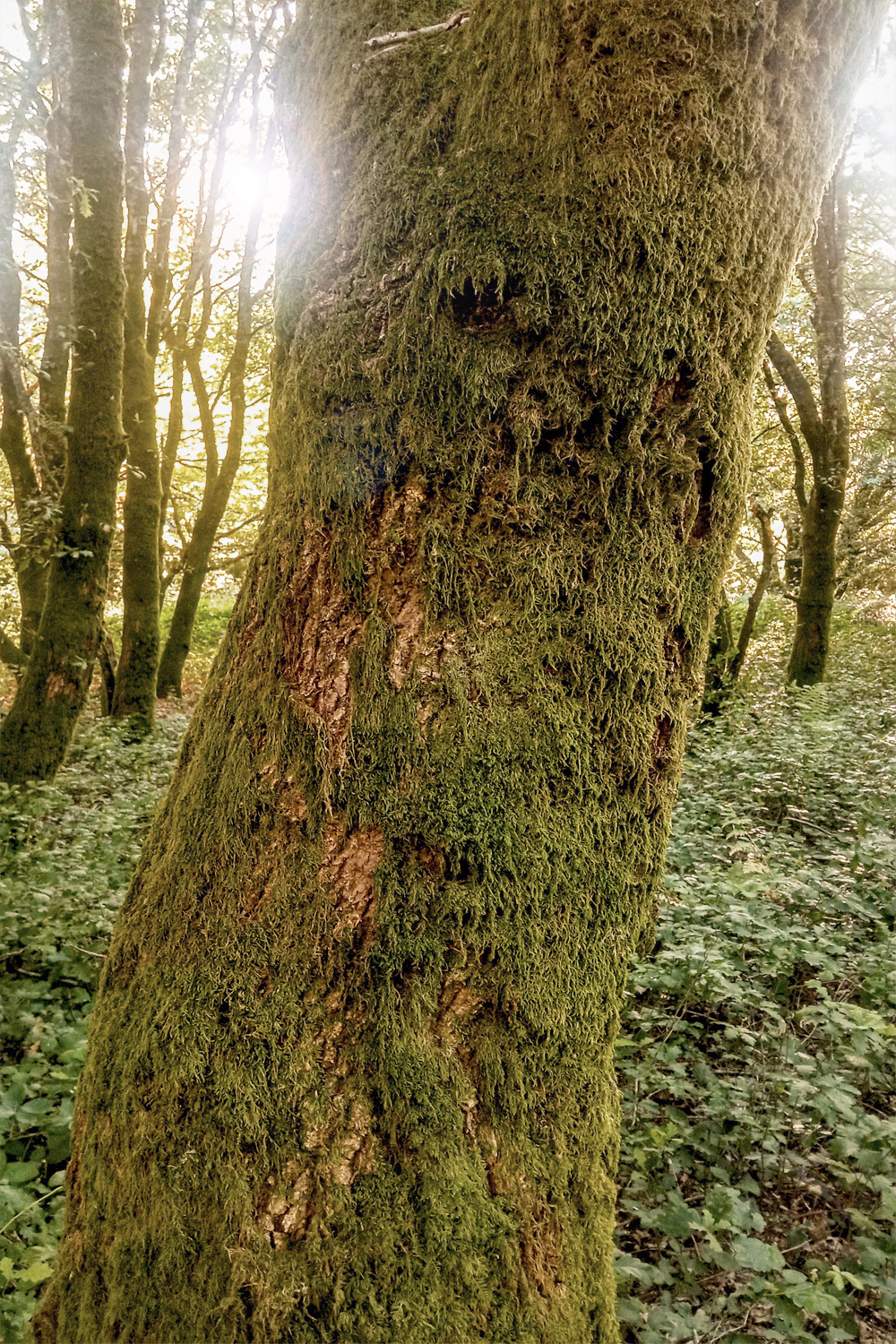






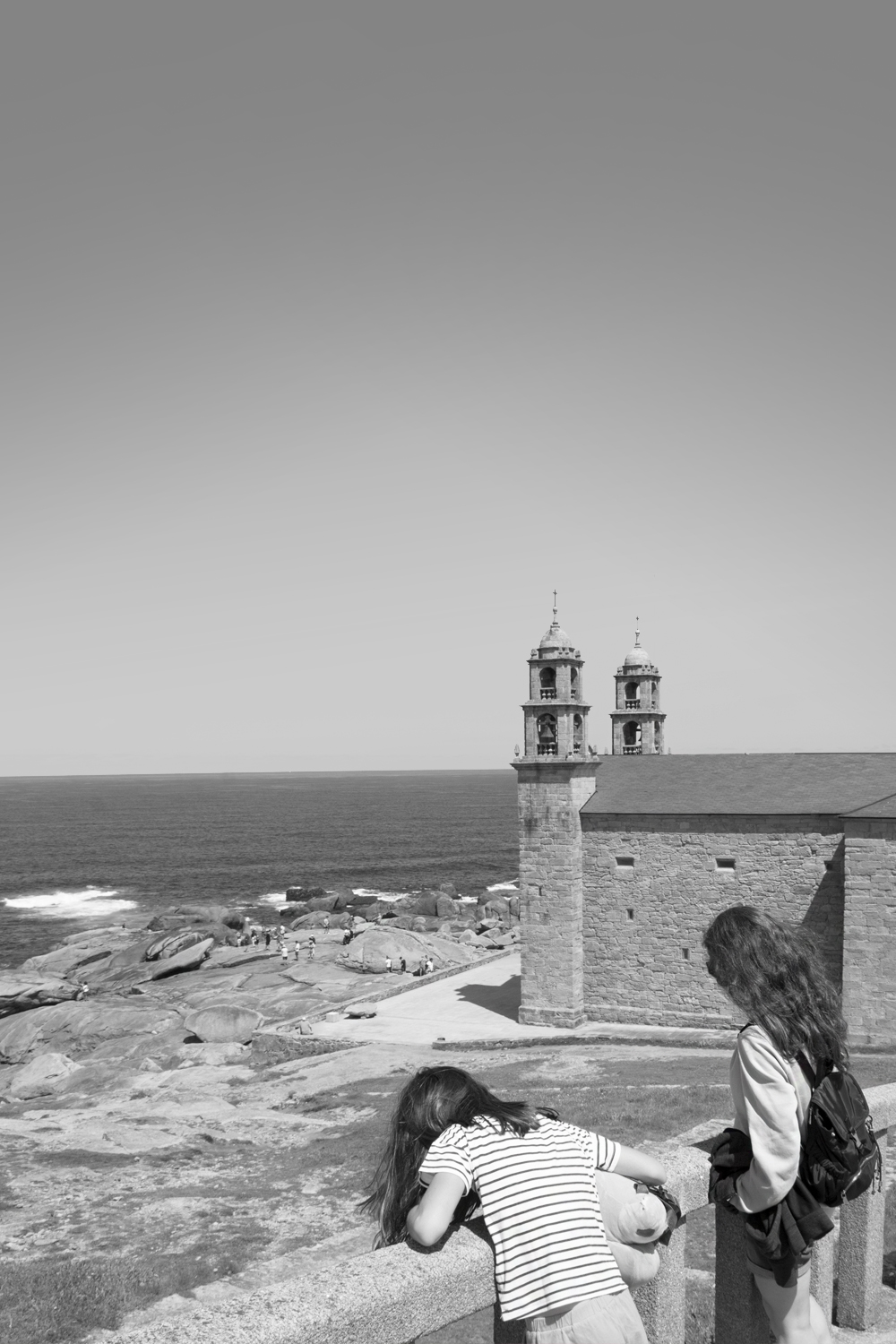

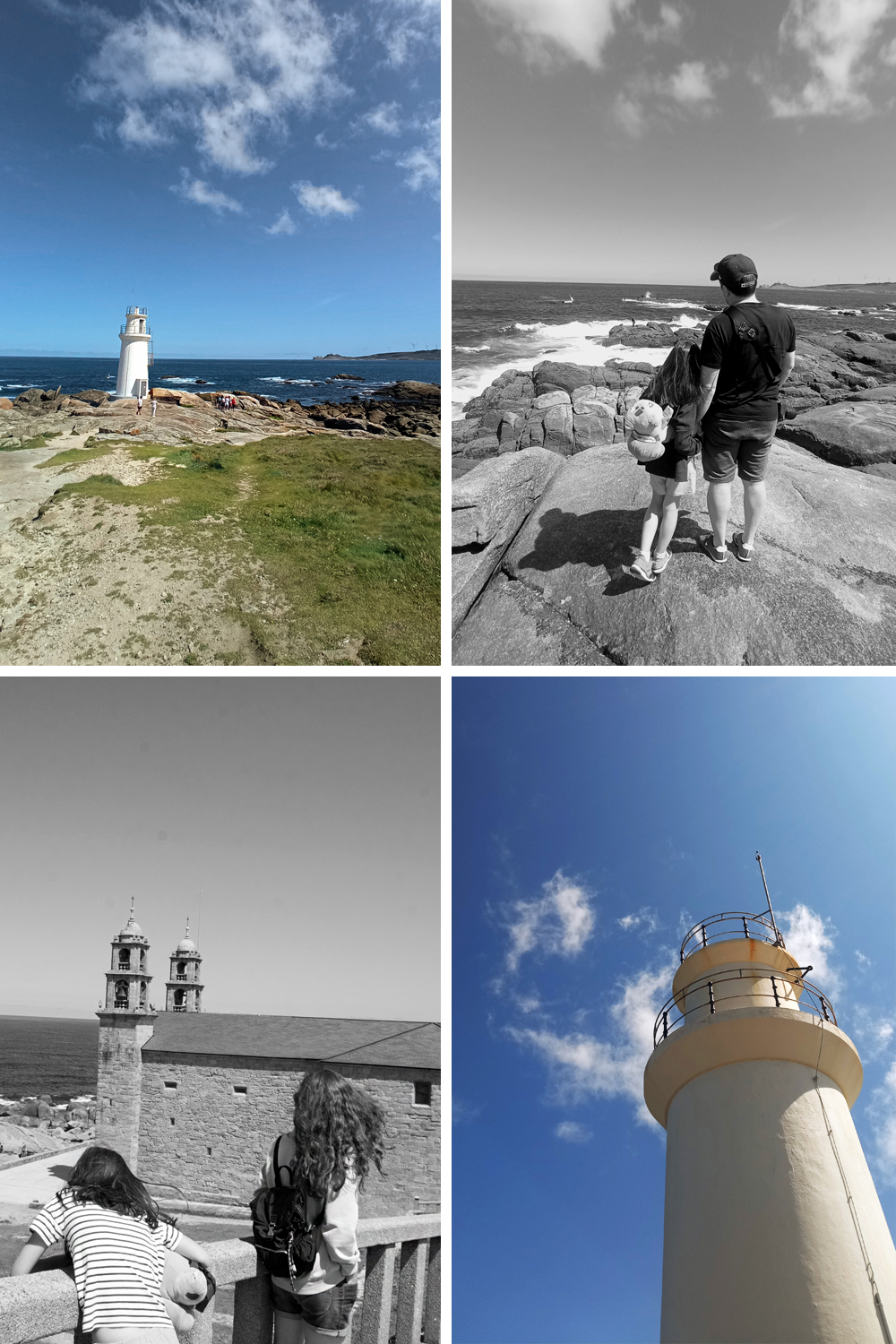





¡Vacaciones en Santiago de Compostela y las Rías Baixas, simplemente maravillosas! Disfrutar de la piscina fue un plus increíble. Es esencial que cuente con un buen filtro para mantener el agua cristalina y segura.
ResponderEliminarQué viaje tan inspirador por Galicia. Si te encantó conectar con la historia y el paisaje, nuestras rutas etnográficas en Asturias te mostrarán pueblos, brañas y cultura tradicional desde el corazón de la montaña.
ResponderEliminar